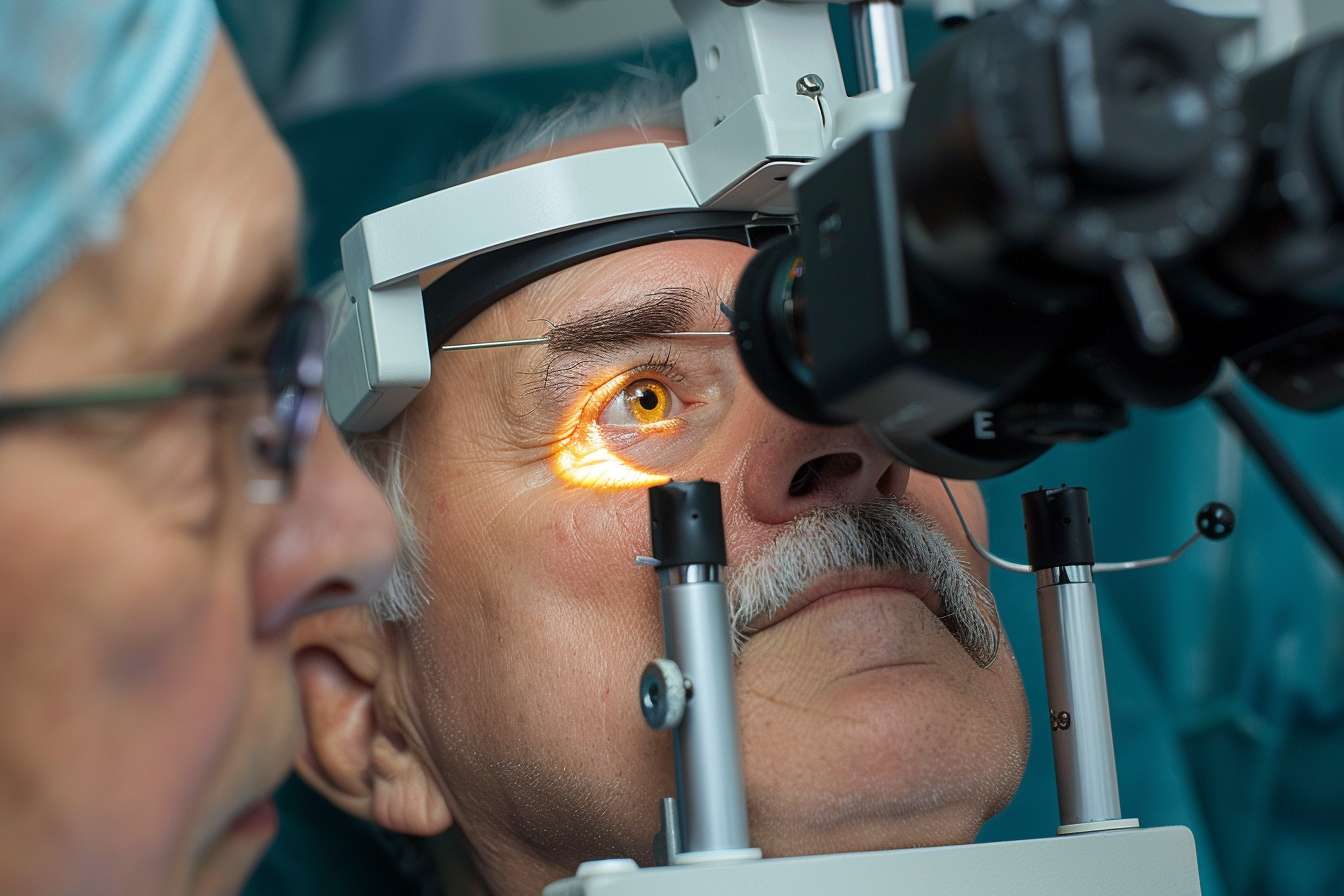What to Know Before Getting LASIK Eye Surgery
LASIK (Laser-Assisted In Situ Keratomileusis) is a popular vision correction procedure that helps reduce or eliminate the need for glasses or contact lenses. It uses a precision laser to reshape the cornea, allowing light to focus properly on the retina — improving overall vision clarity. Understanding the process, risks, and requirements before deciding is essential.

If you’ve been considering a permanent solution to vision problems like nearsightedness, farsightedness, or astigmatism, LASIK eye surgery may have crossed your mind. This widely performed procedure has helped countless individuals achieve clearer vision and greater independence from corrective eyewear. However, like any medical procedure, LASIK requires careful consideration and thorough research before moving forward.
Understanding the Benefits of LASIK
LASIK offers several compelling advantages for eligible candidates. The most obvious benefit is improved vision quality, with many patients achieving 20/20 vision or better after the procedure. Beyond visual acuity, LASIK eliminates the daily hassle of inserting contact lenses or cleaning glasses. For active individuals, athletes, or those who work in environments where eyewear is impractical, this freedom can be life-changing. The procedure itself is relatively quick, typically taking only 10 to 15 minutes per eye, and most patients experience minimal discomfort. Recovery time is generally short, with many people returning to normal activities within a day or two. Long-term, LASIK can also prove cost-effective when compared to the cumulative expense of purchasing glasses, contact lenses, and cleaning solutions over many years.
What Prices Can You Expect for LASIK?
Understanding the financial investment required for LASIK is essential when planning for the procedure. The cost of LASIK eye surgery varies significantly based on several factors, including the technology used, the surgeon’s experience, geographic location, and the complexity of your vision correction needs. In the United States, prices typically range from approximately $2,000 to $3,000 per eye, though some advanced procedures or specialized clinics may charge more. Custom or wavefront-guided LASIK, which uses detailed mapping of your eye for enhanced precision, often falls on the higher end of this spectrum. Traditional LASIK procedures may be less expensive but might not offer the same level of customization. Many practices offer financing options or payment plans to make the procedure more accessible. Some vision insurance plans may provide partial coverage or discounts, though LASIK is often considered an elective procedure. It’s important to inquire about what’s included in the quoted price, as some facilities include pre-operative evaluations, post-operative care, and enhancement procedures if needed, while others charge separately for these services.
| Provider Type | Average Cost Per Eye | Technology Used |
|---|---|---|
| National Chain Clinics | $2,000 - $2,500 | Standard or Custom LASIK |
| Independent Ophthalmology Practices | $2,200 - $2,800 | Custom Wavefront LASIK |
| Academic Medical Centers | $2,500 - $3,500 | Advanced Bladeless LASIK |
| Specialized Refractive Surgery Centers | $2,800 - $3,500 | All-Laser Custom LASIK |
Prices, rates, or cost estimates mentioned in this article are based on the latest available information but may change over time. Independent research is advised before making financial decisions.
Finding LASIK Services Available in Your Area
Locating qualified LASIK providers in your area requires research and due diligence. Start by asking your current eye care professional for recommendations, as optometrists and ophthalmologists often have established relationships with reputable refractive surgeons. Online directories from professional organizations like the American Academy of Ophthalmology or the American Society of Cataract and Refractive Surgery can help you identify board-certified surgeons near you. When evaluating local providers, consider factors beyond just proximity. Look for surgeons with extensive experience performing LASIK, ideally with thousands of procedures completed. Check their credentials, board certifications, and any specialized training in refractive surgery. Reading patient reviews and testimonials can provide insight into the patient experience and outcomes. Many clinics offer free consultations, which allow you to meet the surgeon, tour the facility, ask questions, and determine if you’re a good candidate for the procedure. During these consultations, inquire about the specific technology and techniques used, success rates, complication rates, and what happens if you need an enhancement procedure later.
Evaluating Your Candidacy for LASIK
Not everyone is a suitable candidate for LASIK eye surgery. Ideal candidates are generally at least 18 years old, though many surgeons prefer patients to be 21 or older to ensure vision has stabilized. Your prescription should have remained relatively stable for at least one to two years. Certain eye conditions, such as severe dry eye, thin corneas, large pupils, or corneal diseases like keratoconus, may disqualify you from LASIK or require alternative procedures. Overall health matters too, as conditions like uncontrolled diabetes, autoimmune disorders, or pregnancy can affect healing and outcomes. A comprehensive pre-operative evaluation will assess corneal thickness, pupil size, refractive errors, and overall eye health to determine if LASIK is appropriate for you. Be honest with your surgeon about your medical history, medications, and lifestyle to ensure the safest and most effective treatment plan.
Preparing for the Procedure and Recovery
Proper preparation can contribute to a successful LASIK experience. Your surgeon will provide specific pre-operative instructions, which typically include discontinuing contact lens wear for a period before surgery to allow your corneas to return to their natural shape. On the day of surgery, avoid wearing makeup, lotions, or perfumes, and arrange for someone to drive you home afterward. The procedure itself involves numbing eye drops, and you’ll be awake throughout. Most patients report feeling pressure but not pain. After surgery, your eyes may feel scratchy or watery, and your vision might be blurry initially. Following post-operative care instructions is crucial, including using prescribed eye drops, avoiding rubbing your eyes, wearing protective eyewear while sleeping, and attending all follow-up appointments. Most people notice significant vision improvement within 24 to 48 hours, though complete healing and stabilization can take several weeks to months.
Potential Risks and Considerations
While LASIK has an excellent safety record and high satisfaction rates, it’s important to understand potential risks and side effects. Some patients experience temporary dry eyes, glare, halos around lights, or difficulty with night vision, though these symptoms typically improve over time. In rare cases, complications such as infection, undercorrection, overcorrection, or irregular astigmatism may occur. Some individuals may require an enhancement procedure to fine-tune results. It’s also worth noting that LASIK doesn’t prevent age-related vision changes like presbyopia, which typically begins affecting people in their 40s. Having realistic expectations and thoroughly discussing potential outcomes with your surgeon will help ensure you’re making an informed decision that aligns with your vision goals and lifestyle needs.
This article is for informational purposes only and should not be considered medical advice. Please consult a qualified healthcare professional for personalized guidance and treatment.




